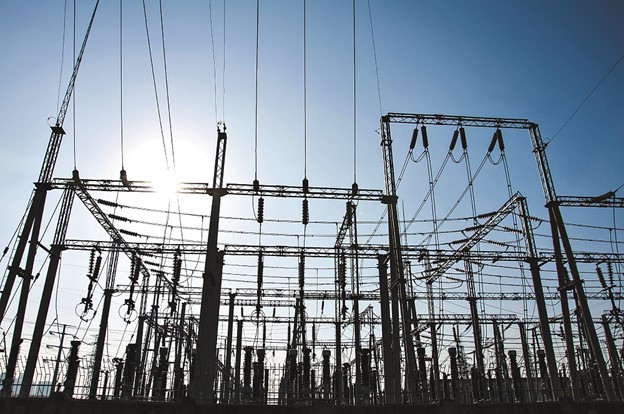U.S. nuclear vs. renewable electricity generation. (Image: Ember)
The combined energy generation in the United States from solar and wind during the first half of the year was more than that of nuclear plants for the first time, according to data from energy think tank Ember.
Electricity generation from utility-scale solar and wind assets during the first half of 2024 was a record 401.4 terawatt-hours, compared with 390.5 TWh from nuclear reactors
The electric power transmission grid of the U.S. consists of thousands of miles of lines operated by hundreds of companies.
To do big things, like building the interstate highway system, or going to the moon, government usually has a plan. Electric companies and grid operators, which are responsible for keeping the lights on, always have a plan. But something unusual has happened in the past few months. About four dozen U.S. utilities, plus the federal government and many states, have promised to do something extremely big: to eliminate carbon dioxide emissions, or cut them drastically. But they are not clear on how.
A statement from Steven P. Nesbit, president of the American Nuclear Society, and Lonnie R. Stephenson, international president of the International Brotherhood of Electrical Workers.
September 8, 2021, 6:59AMANS Nuclear CafeSteven P. Nesbit and Lonnie R. Stephenson America’s electric utility workers and nuclear engineers are ready to work together to help rapidly decarbonize and electrify the economy. We welcome provisions in the bipartisan infrastructure bill that aim to prevent premature closures of our nuclear power plants. Through measures such as production tax credits, President Biden can safeguard America’s largest carbon-free energy source by recognizing the clean-air contributions of nuclear energy.











 A recent article from
A recent article from 